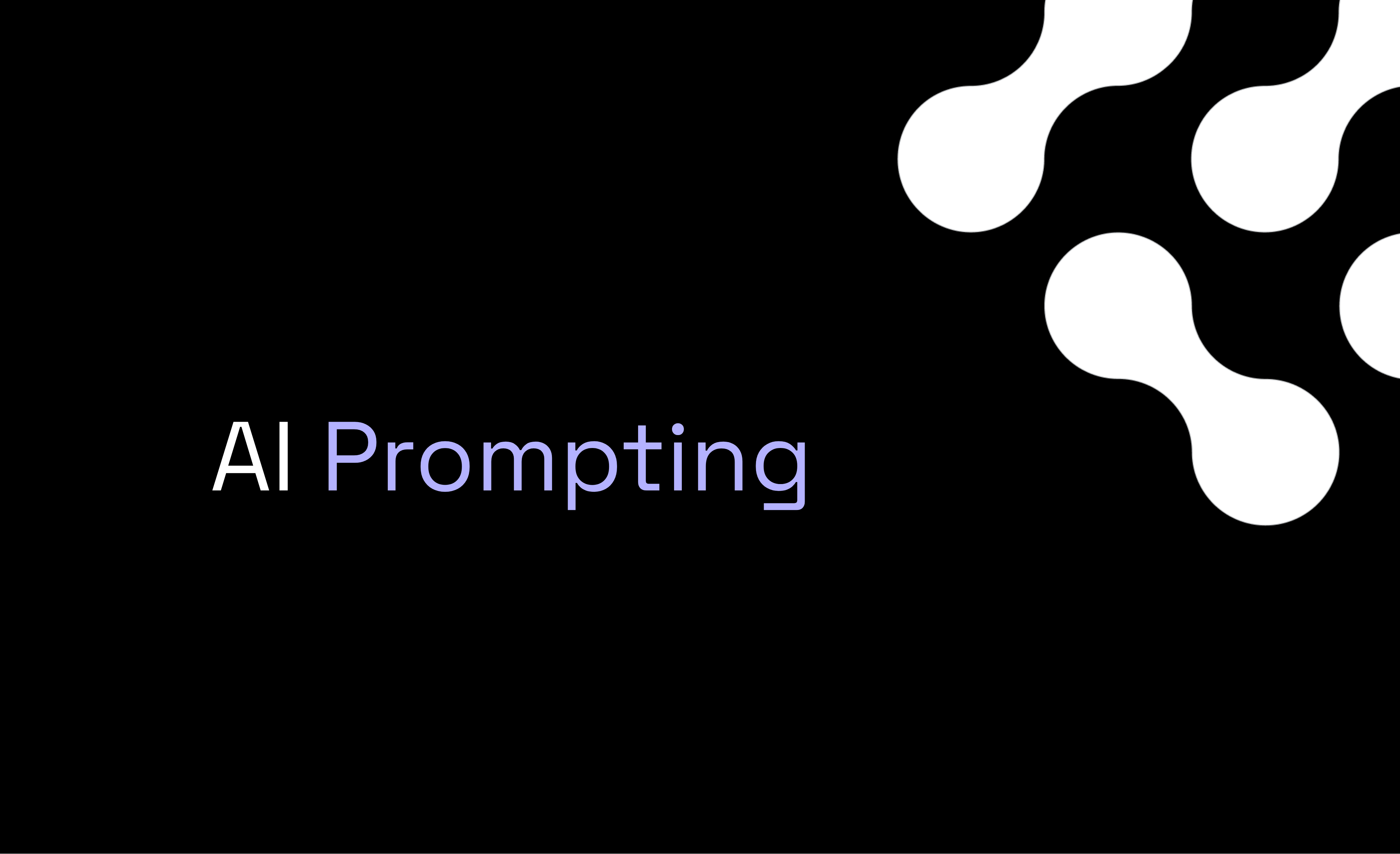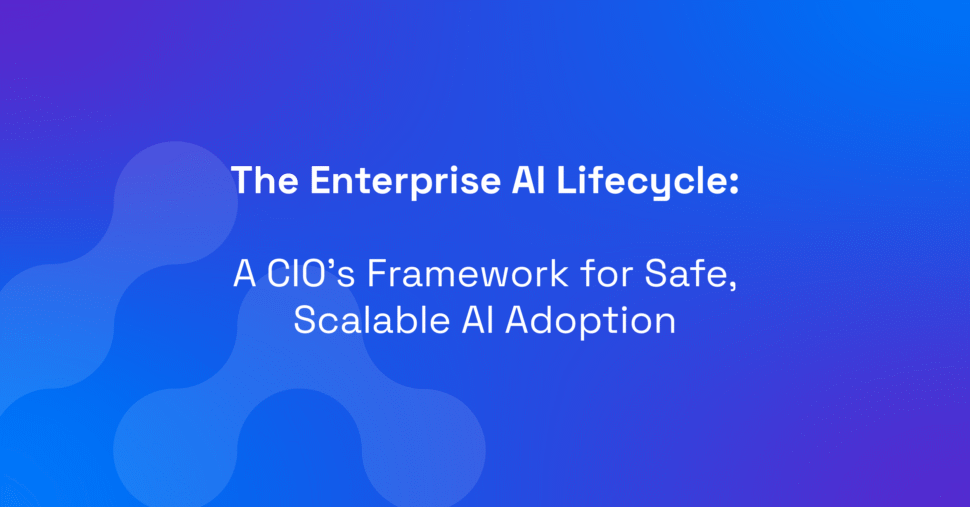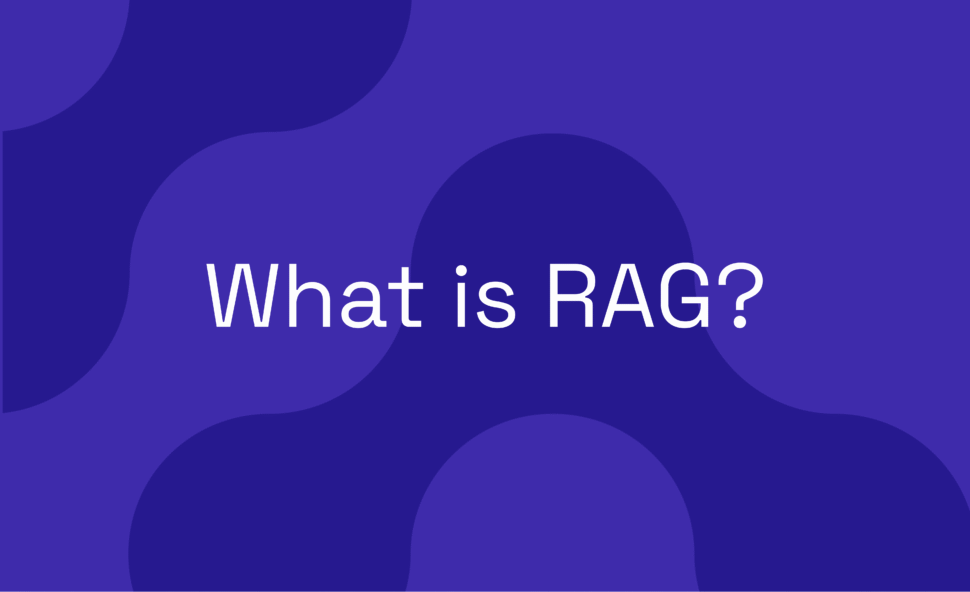Table of Contents
The Art of AI Communication: Mastering Prompts for Better Results
In today’s AI-driven business landscape, the ability to communicate effectively with artificial intelligence systems has become as crucial as any other professional skill. Whether you’re working with chatbots, content generators, or sophisticated AI platforms, the quality of your prompts directly determines the value you extract from these powerful tools.
Think of AI prompting as a conversation with an incredibly knowledgeable but literal-minded colleague—one who can access vast amounts of information but needs precise instructions to deliver exactly what you need.
What Makes an AI Prompt Effective?
An AI prompt is an instruction or question designed to elicit a specific response from an AI system. But not all prompts are created equal. The difference between “Tell me about marketing” and “Analyze three digital marketing strategies that B2B SaaS companies can use to increase qualified lead generation by 25% within six months” is the difference between generic information and actionable business intelligence.
The Business Impact of Better Prompts:
- Time Efficiency: Well-crafted prompts eliminate back-and-forth iterations
- Higher Quality Output: Specific instructions yield more relevant, actionable results
- Reduced Frustration: Clear communication prevents misunderstandings and wasted effort
- Better ROI: Maximize the value from your AI tool investments
The Four Pillars of Prompt Excellence
1. Specificity and Clarity
Transform vague requests into precise instructions that leave no room for misinterpretation.
Before: “Give me an overview of the market”
After: “Provide a competitive landscape analysis for the cybersecurity software market, focusing on enterprise solutions, key players’ market share, and emerging threats driving demand in 2025”
2. Context is King
Provide the background information that helps AI understand not just what you want, but why you want it.
Example: “I’m the marketing director at a regional financial services firm expanding into digital banking. Create a competitive positioning strategy that differentiates our personalized service approach from larger national banks while addressing customer concerns about digital security and trust.”
3. Format Specification
Define exactly how you want information presented to maximize its usefulness.
Choose from:
- Bulleted lists for quick scanning
- Step-by-step instructions for processes
- Tables for comparative data
- Executive summaries for high-level overviews
- Detailed analysis for deep dives
4. Strategic Parameters
Set boundaries that guide the AI toward your specific needs.
Consider specifying:
- Word count (300-word summary vs. 2,000-word analysis)
- Tone (executive briefing vs. technical documentation)
- Target audience (C-suite vs. technical team vs. general public)
- Perspective (industry insider vs. newcomer explanation)
Three Prompt Frameworks That Work
1. Role-Based Framework
“Act as a [specific role] and [specific action]”
Example: “Act as a supply chain consultant and analyze the risks and mitigation strategies for a manufacturing company that sources 60% of its materials from a single geographic region.”
2. Scenario-Based Framework
“Given [specific situation], recommend [specific outcome]”
Example: “Given that our customer support team is receiving 40% more tickets than last quarter, recommend operational improvements that could reduce response time by 30% without increasing headcount.”
3. Comparative Framework
“Compare [A] and [B] across [specific dimensions]”
Example: “Compare Salesforce and HubSpot for a 50-person B2B services company, focusing on implementation complexity, total cost of ownership over three years, and scalability for rapid growth.”
Advanced Prompting Techniques
Use Power Commands
Start prompts with action-oriented verbs that signal exactly what type of thinking you want:
- Analyze: Break down complex information
- Synthesize: Combine multiple sources or ideas
- Evaluate: Assess pros and cons
- Generate: Create new ideas or content
- Optimize: Improve existing processes or strategies
Break Complex Requests into Sequences
Instead of overwhelming the AI with a massive request, create a logical sequence:
- “Summarize the current state of our customer onboarding process”
- “Identify the top three friction points causing customer drop-off”
- “Recommend specific solutions for each friction point with implementation timelines”
Leverage Examples for Precision
Show the AI exactly what success looks like:
Weak: “Write professional email subject lines” Strong: “Write professional email subject lines following these patterns:
- ‘[Company] Partnership Opportunity – Quick Call?’
- ‘Q4 Strategy Discussion – Your Input Needed’
- ‘Follow-up: Next Steps for [Project Name]'”
Iterate with Purpose
If the first response isn’t quite right, refine strategically:
- Add constraints: “Make this more technical” or “Simplify for a non-technical audience”
- Adjust scope: “Focus only on the financial implications”
- Change perspective: “Now analyze this from a customer’s viewpoint”
Common Pitfalls to Avoid
The Assumption Trap: Don’t assume the AI knows your industry context or company specifics. Always provide relevant background.
The Kitchen Sink Problem: Asking for everything at once usually yields surface-level results. Be selective about what you need most.
The Format Failure: Forgetting to specify output format often results in information that’s hard to use or share.
The One-and-Done Mistake: Great prompting is iterative. Use follow-up questions to drill down and refine.
Putting It All Together
Effective AI prompting isn’t just about getting answers—it’s about getting the right answers in the right format at the right level of detail. As AI becomes increasingly integrated into business operations, teams that master this skill will have a significant competitive advantage.
The key is practice. Start with these frameworks, experiment with different approaches, and pay attention to what produces the most valuable results for your specific use cases. Remember, every interaction is an opportunity to refine your technique and extract more value from these powerful tools.
The future belongs to those who can effectively collaborate with AI. Master the conversation, and you’ll master the technology.



